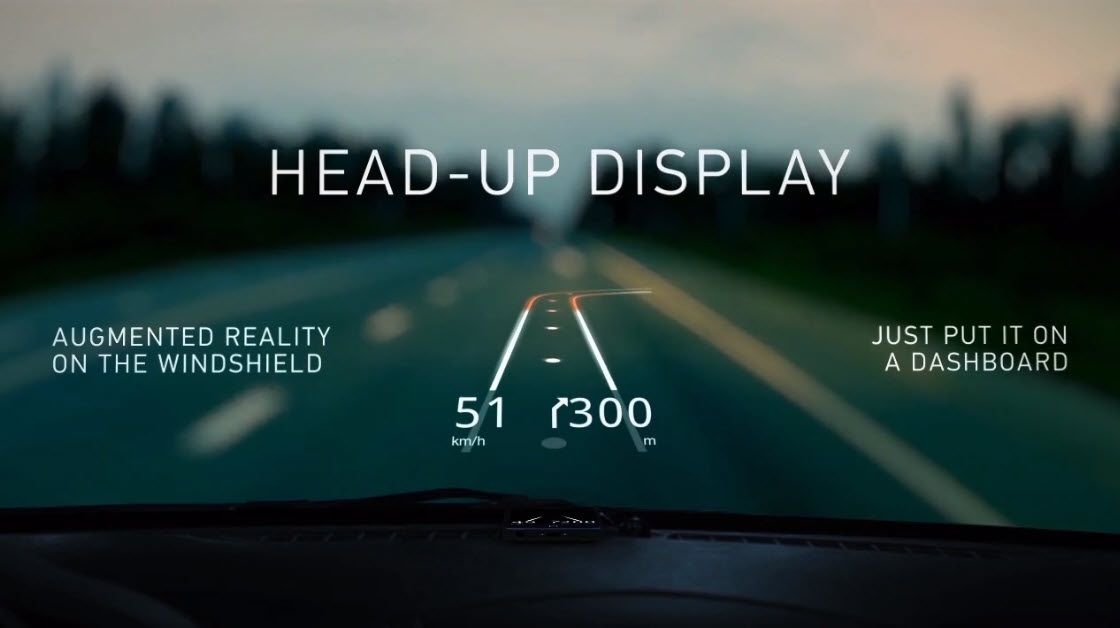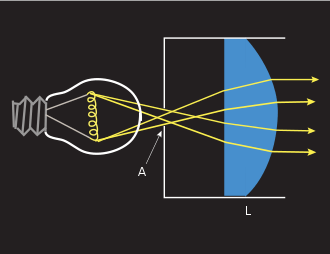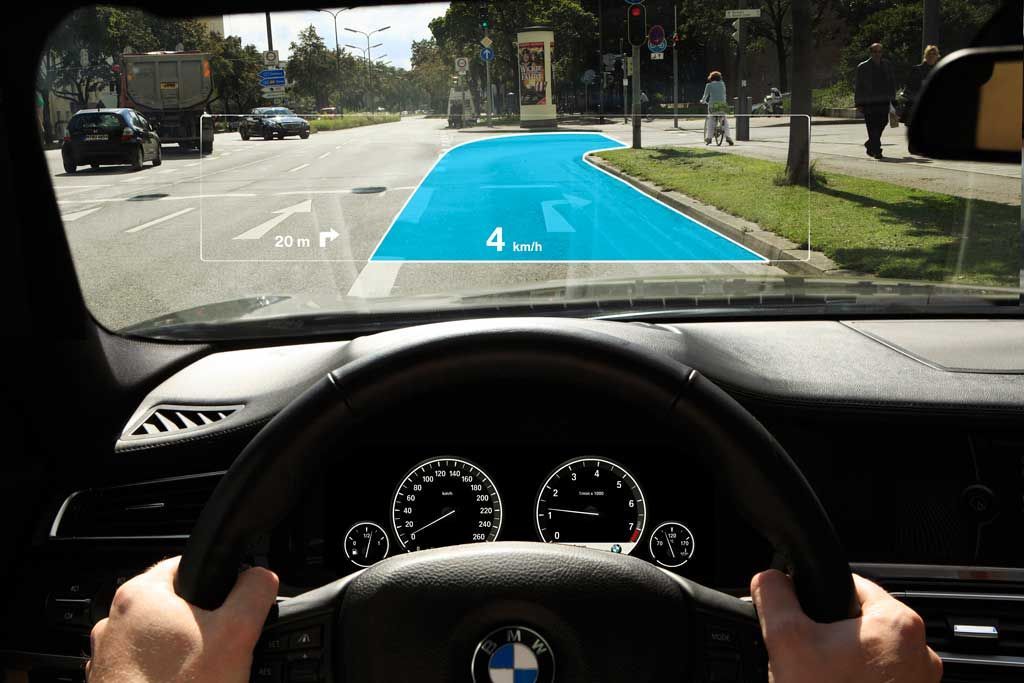With every new facelift or new car releases all car manufactures are packing their cars with newer and more advanced features. but to most of the end users majority of these features are novel. One of such features is the heads up display. Though it is not that common for most of the premium cars this feature has now become a must have. Though it looks cool and futuristic very less people are informed about its working and uses.
How does it work though?

Heads up display is a transparent reflective display that provides with all the essential & crucial information along with the data that is needed while driving avoiding the distractions
The origin of the name stems from a pilot being able to view information with the head positioned “up” and looking forward, instead of angled down looking at lower instruments. However, the modern car tech gets its name from the position it allows the driver to be in.
Components commonly used
A Heads up display unit comprises of a projector unit which is an optical collimator setup that includes a convex lens or concave mirror with a cathode ray tube light emitting diode display or liquid crystal display at its focus.

Second component used is the combiner which is typically an angled flat glass that redirects the projected image from projector in such a way as to see the field of view. Combiners may have special coatings that reflect the monochromatic light projected onto it.
And the very last component used is the computer that provides the interface between the HUD (i.e., the projection unit) and the systems/data to be displayed and generates the images and symbols to be displayed by the projection unit.
There are a variety of customization options available ,one can change the looks, themes or the information that you would like to be displayed for your convenience.

Types Of HUDs
We can see the variety of HUD displays.
- The most common is the fixed mounted. As the name says it is mounted at a fixed position.
- The second type includes head-mounted displays- is a display device, worn on the head or as part of a helmet that has a small display optic in front. It includes the helmet mounted displays.
Many of us might think, that HUD can be fitted additionally. one can also get it fitted additionaly Certain manufacturers also offer night vision information in display.
Peek into its origins
Various automobiles have used the heads on display feature since 19th century such as the General Motors, in the year 1988 their first HUD units were installed on Oldsmobile Cutlass Supreme Indy Pace Cars and replicas.
Optional HUD units were subsequently offered on the Cutlass Supreme and Pontiac Grand Prix before being more widely available.
10 years later in 1998 The first color display appeared on the Chevrolet Corvette
Again in 2003 BMW had introduced it in E60.Some systems, such as those used by BMW, also integrate entertainment functions into the heads-up display. For example It displays radio stations or songs as you scroll through them using a button on your steering wheel.
Some obvious benefits
The first benefit which comes to mind is the Eyes-on-the-Road-Benefit, also known as the Head-Up-Display-Advantage, this stems from increased situational awareness and thereby increasing reaction time to external hazards, such as pedestrians.
The second one is virtual reality - Eyes-on-the-Road-Benefit uses the virtual reality driving simulators to mimic real life driving scenarios while eliminating situational variability.
Third factor is the reaction time, The feedback offered by an HUD is projected onto the windshield of a vehicle with the aim of integrating outside stimuli and the instrumental feedback; thus, removing the need to remove a driver’s eyes from the road The reaction time to hazards in HUD are faster compared.
You can find these huds in the some of the following cars
| Audi | A4, A5, A6, A7, A8, Q2, Q5, Q7 and Q8 |
| BMW | 3 Series, 4 Series, 5 Series, 6 Series, X1, X2, X3, X4, X5, X6, X7, Z4 and i8 |
| Bentley | Bentayga and Continental |
| Citroen | C3 Aircross, Berlingo (including van variants) and SpaceTourer |
| DS | DS 3 Crossback, DS 5, DS 7 Crossback |
| Ford | Focus |
| Hyundai | Santa Fe, Kona |
| Jaguar | XE, XF, E-Pace, F-Pace and I-Pace |
| Kia | Stinger and Stonic |
| Lamborghini | Urus |
| Land Rover | Discovery, Discovery Sport, Range Rover, Range Rover Evoque, Range Rover Sport, and Range Rover Velar |
| Lexus | ES (previously GS), LC, LS, NX, RX, UX |
| Mazda | 2, 3, 6, CX-3 and CX-5 |
| Mercedes | A Class, B Class, C Class, E Class, and S Class |
| Mini | Hatchback, Convertible, Clubman and Countryman |
| Mitsubishi | Eclipse Cross |
| Peugeot | 508, 3008, 5008 and Rifter |
| Porsche | Panamera and Cayenne |
| Renault | Grand Scenic, Scenic and Megane |
| Toyota | Prius and Prius+ |
| Vauxhall | Combo Life, Crossland X and Insignia |
| Volkswagen | Arteon, Passat, Tiguan and Touareg |
| Volvo | V60, S90, XC60 and XC90 |
Thats all we have to say about the huds for now ;) Visit our site - Car Galaxy for more car related content and much more and for informative articles like this keep following our articles